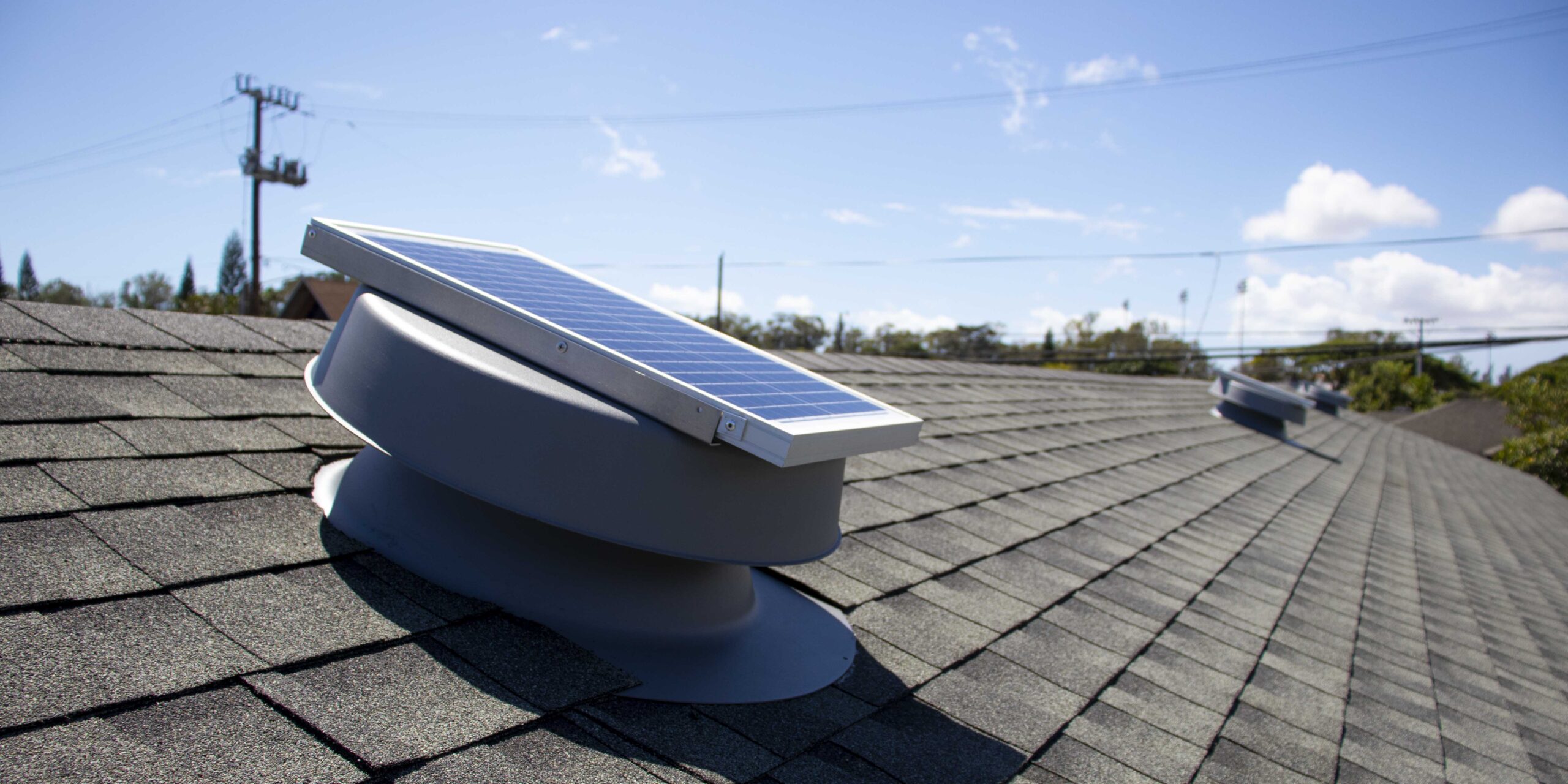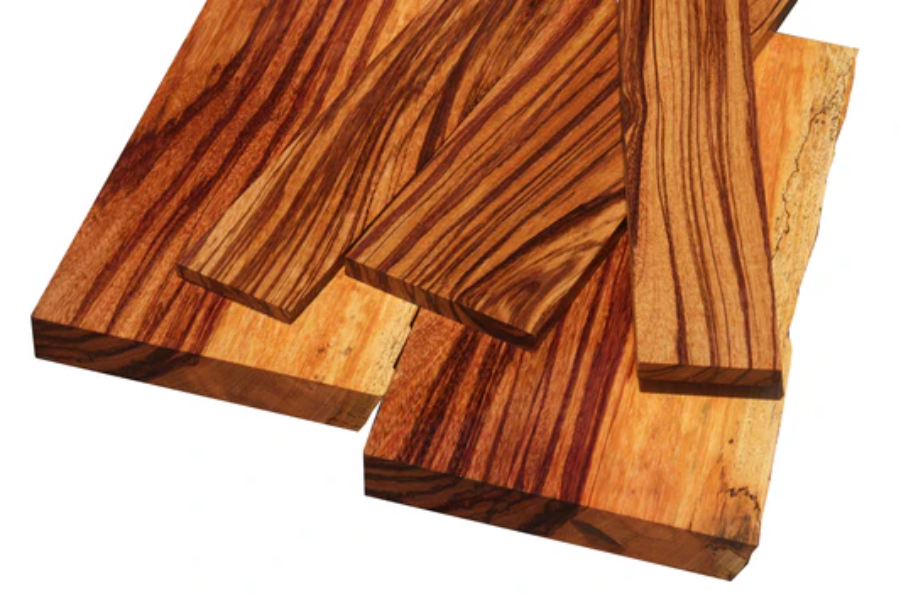Environmental concerns are intensifying, and energy costs continue to rise. Therefore, Australian homeowners are searching for sustainable ways to improve energy efficiency in their homes.
One such sustainable element is the solar roof vent. It is a device that helps to cool your home using solar power. You may want to install one too, but do not know which one suits you? This guide will help you today!
This guide will take you through everything about selecting the right solar roof vent for your home in Australia.
Factors to Consider When Selecting Solar Roof Vent
Rooftop Type and Structure
The best solar roof vent to use is determined by the type of roof one has and how it is constructed. In Australia, they have various types of roofs like hip, gable, flat and skillion.
Make certain that the specific kind of roof vent you pick can be used with this sort of roofing.
However, prices could differ based on location (including building height) as well as pitch of the roof although usually these are between AUD 200 – AUD 450.
Climate and Weather Conditions
Australia has a diverse climate. Therefore, the prevailing average temperature varies from region to region.
If you live in hot regions like Queensland or Western Australia, you will likely need a more powerful or larger number of solar roof vents.
However, people residing in cooler areas such as Tasmania or Victoria might not need that powerful roof vent.
Ventilation Requirements
Consider whether your attic or roof space requires ventilation based on its size. Bigger spaces might need stronger vents or multiple ones so as to enhance airflow efficiency.
During your new roof installation or reroofing, discuss the solar roof vent requirement with your roofing specialist.
Solar Panel Efficiency
The efficiency of the panel connected with it determines heavily how efficiently the vent itself runs even during cloudy days.
Look for those panels having higher ratings so that they have good effectiveness even when it’s not bright outside.
To understand the roof vent efficiency, it is best to connect with your hired roofers Melbourne. Usually monocrystalline panels are better than polycrystalline panels.
Airflow Capacity
The airflow capacity of a solar roof vent is measured in cubic feet/ minute (CFM). It indicates how much air the vent can move at any given time. For larger spaces, the higher CFM-rated vents are better.
It will be necessary to choose a vent during your new roof installation that has enough CFM rating to satisfy your air circulation needs.
Durability and Materials
The Australian climate is extreme with harsh sunshine, storms, and occasional hail storms. So in order to withstand these elements, it is important to select a solar roof vent that is made of strong materials like stainless steel or UV resistant plastic.
Noise Level
Some solar roof vents installed close to living areas may be noisy, which could be a nuisance.
Consult roofers Melbourne and select those that have quiet operations, especially if you love peace and calm around your home.
Warranty and Support
A warranty offered on products indicates the level of trust manufacturers have in their products. This is why look for warranties that come with extensive, user-friendly terms and customer support services when buying such solar roof vents.
Different Types of Solar Roof Vents
Passive Solar Vents
These rely on natural convection currents along with winds within your roofing. space meaning there are no fans involved, but still ensure air movement occurs.
In actual sense, they might be cheaper than active systems but have minimal ventilation rates. A roofing specialist Melbourne might suggest a passive solar roof vent for temperate climatic conditions.
Active Solar Vents
Active solar vents use fans that are powered by solar energy for improved airflow throughout the room.
Hence, these solar vents are suitable for vast spaces or complex roofs. At most times, they tend to cost more but yield good results.
Installation Considerations
Professional or DIY Installation
Even though quite a few homeowners may opt for do-it-yourself installation, it might be better to call a professional roofing specialist Melbourne if you are not a pro at roofing or electricals. Vents are correctly placed and work effectively when they are installed by professionals.
Placement
The decision on where to place the solar roof vent will determine its efficiency. Therefore, it should be located where it gets maximum sun throughout the day, as this will greatly determine its performance during the day.
Again, placing it at the highest point of the new roof Melbourne would enhance airflow efficiency.
Additional Ventilation
Sometimes, one solar roof vent is insufficient. You may need additional vents such as ridge vents or gable vents to ensure proper ventilation.
Talk to roofing contractors Melbourne, who will guide you on how best to ventilate your home.
Cost Considerations
The cost of solar roof vents can vary significantly depending on type, size and brand among other things like installation costs.
On average, each vent will cost between AUD 300 and AUD 800, including the installation process itself. While this appears expensive to many people, considering that savings due to reduced energy consumption over a long-term period justifies this investment.
Roofing contractors Melbourne can offer you the right estimate for installing a solar roof vent on your home’s roof.
Maintenance Tips
Regularly Inspect Your Solar Roof Ventilator For Cleaning Purposes
Properly clean and check the solar roof vent for any dust. This will ensure only clean air coming into your house through the vents.
Clean Your Solar Panel Regularly To Help It Get Full Sunlight
Use mild soap and soft fabric which does not cause scratches when cleaning your solar panel regularly so as to ensure maximum flow of sunlight into the cells.
Check The Vent For Cracks And Corrosion
Inspect cracks on top of your ventilators for wear and tear. Such damages might hinder proper functioning.
FAQs
Is a Solar Vent Better Than A Whirlybird?
The solar roof vent does what a whirlybird does, only much better. As it ventilates, it also prevents condensation from building up in the attic or crawl space, which can cause severe damage to the roofing materials.
Surprisingly, one solar roof exhaust vent removes ten times more hot air than ten whirlybirds put together.
What is the rule for roof vents?
For years, builders have relied on what’s known as the 1/150 ventilation rule. This standard says there should be one square foot of ventilation area for every 150 sq. ft. of attic floor space.
Thus, a minimum of 13.3 square feet will be required to cover an average-sized 2,000-square-foot attic.
Is roof ventilation necessary in Australia?
In Australia, where roofs are often exposed to intense heat from direct sunlight throughout most of the year, poorly ventilated roof spaces are always too hot. So roof ventilation becomes necessary.
Conclusion
When choosing an Australian solar roof vent for your home several factors are considered such as: roof type & climate, efficiency of a vent and its longevity.
By taking the time to research and understand your options, you can find a solar roof vent for your new roof Melbourne that meets your needs and helps you enjoy a cooler, more comfortable home while reducing your energy costs and environmental impact.
A solar vent is an investment any Australian homeowner should consider making for improved house ventilation as well as energy conservation.
Keep an eye for more news & updates on InternalInSider.Com!










